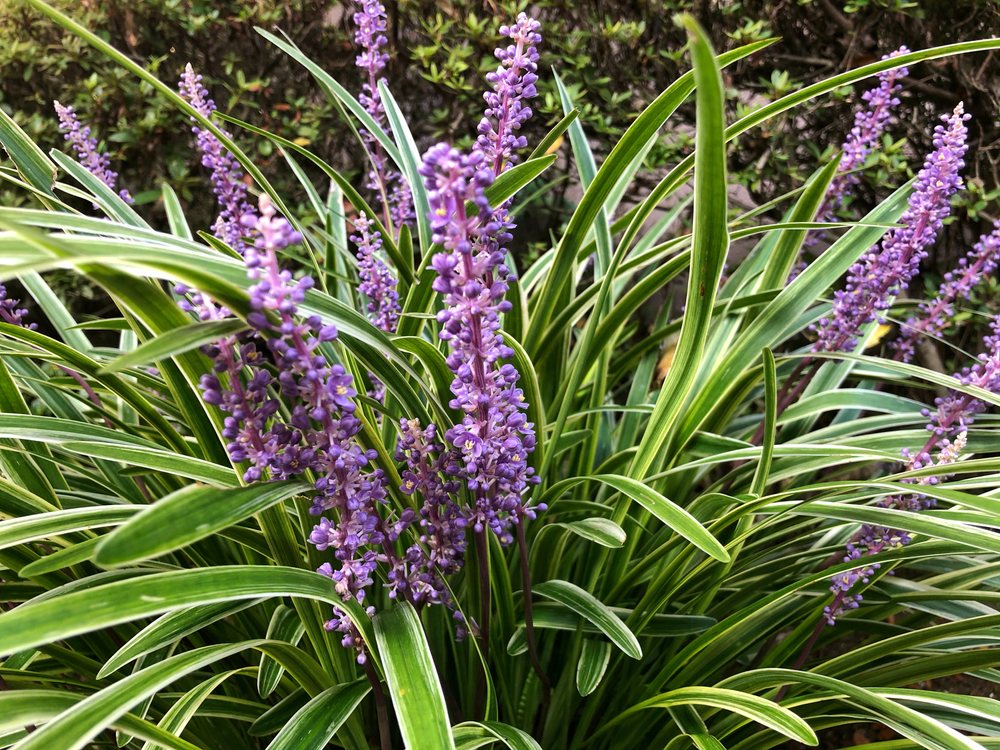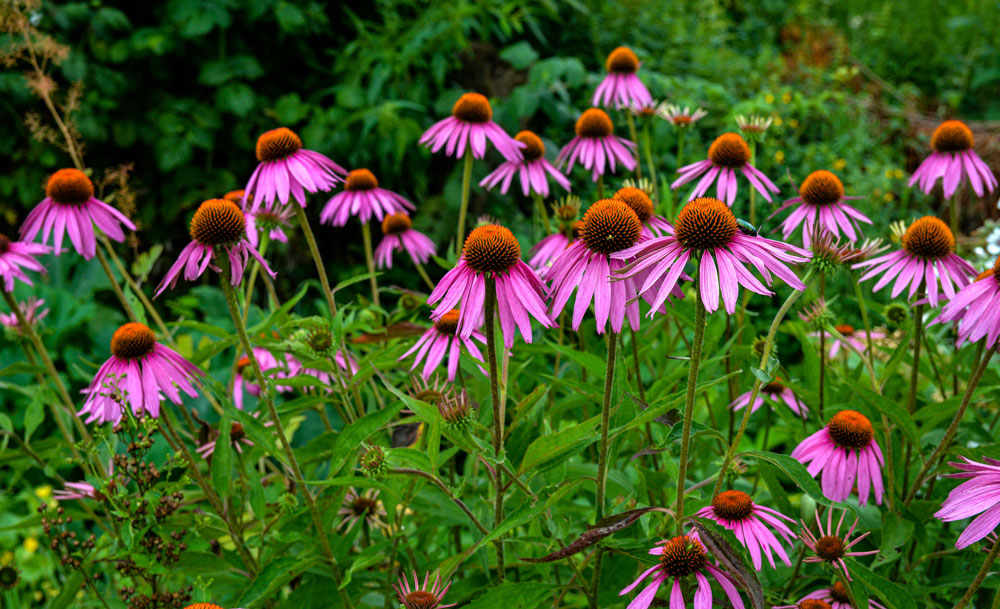
You might be wondering, “Isn’t spring or fall the best time to divide perennials?” While those seasons are indeed popular for this task, summer division has some unique advantages:
- You can see your garden in full bloom, making it easier to identify which plants need dividing or where you’d like to add more.
- Many perennials have finished their main blooming period, allowing you to divide without sacrificing flowers.
- The warm soil helps new divisions establish roots quickly.
- It’s a great way to rejuvenate plants that have finished blooming and look a bit tired.
Which Perennials Can Be Divided in Summer?
Not all perennials appreciate summer division, but many do just fine. Here’s a list of some common perennials that you can divide in summer:
1. Daylilies (Hemerocallis)

Daylilies are robust and can handle summer division well. Use a garden fork to lift the clump and a sharp shovel to divide it into smaller sections. Each section should have at least three stems and a healthy amount of roots. Replant them immediately, and water thoroughly to help them establish.
2. Hostas

Hostas are forgiving plants that can be divided in summer. Cut the plant back to within an inch of the ground, dig it up, and divide it into smaller sections. Ensure each division has several “eyes” or growing points. Replant in a shady spot and keep well-watered.
3. Irises (after blooming)

Irises, especially bearded irises, can be divided in mid to late summer after they have finished blooming. Dig up the clump, separate the rhizomes, and discard any old or diseased parts. Replant the healthy rhizomes just below the soil surface, ensuring they have good air circulation.
4. Black-eyed Susans (Rudbeckia)

Black-eyed Susans can be divided in summer to control their spread and rejuvenate the plants. Dig up the clump, separate it into smaller sections, and replant them immediately. Water well and mulch to retain moisture.
5. Coral Bells (Heuchera)

Coral Bells can be divided after they finish blooming. Dig up the clump, separate the crowns, and replant the divisions. Ensure the new plants are well-watered to help them establish.
6. Yarrow (Achillea)

Yarrow spreads quickly and benefits from summer division. Dig up the clump, separate it into smaller sections, and replant them. Ensure each division has a good root system and water well.
7. Shasta Daisies (Leucanthemum x superbum)
Shasta Daisies can be divided in summer, though it may reduce blooming for the year. Dig up the clump, separate it into smaller sections, and replant them. Water thoroughly and keep the soil moist.
8. Bee Balm (Monarda)

Bee Balm can be divided in summer, although spring is preferable. Dig up the clump, separate it into smaller sections, and replant them. Ensure each division has several shoots and a good root system. Water well and provide some shade.
9. Astilbe

Astilbe can be divided in late summer. Dig up the clump, separate it into smaller sections, and replant them. Ensure each division has a good root system and water well.
10. Liriope

Liriope can be divided in summer. Use a sharp knife to separate the clumps and replant them immediately. Water thoroughly to help them establish.
11. Catmint (Nepeta)

Catmint can be divided in summer. Dig up the clump, separate it into smaller sections, and replant them. Ensure each division has a good root system and water well.
How to Divide Perennials: A Step-by-Step Guide
Ready to get your hands dirty? Here’s how to divide your perennials successfully:
- Water thoroughly: A day or two before dividing, give your plants a good, deep watering. This will help reduce stress and make the soil easier to work with.
- Choose a cool day: If possible, pick a cloudy day or work in the early morning or late afternoon to minimize stress on the plants.
- Prepare your tools: You’ll need a sharp spade or garden fork, pruning shears, and a knife or saw for tough roots.
- Trim the foliage: Cut back the plant’s foliage by about one-third. This reduces water loss and makes handling easier.
- Dig up the plant: Use your spade or fork to dig around the plant’s drip line, then gently lift the entire clump out of the ground.
- Divide the plant: Depending on the plant’s root structure, you can:
- Pull apart fibrous roots by hand
- Cut through dense, woody crowns with a knife or saw
- Separate rhizomes or tubers
- Replant promptly: Don’t let the divisions dry out. Replant them at the same depth they were growing before, in prepared soil with good drainage.
- Water well: Give your newly divided plants a thorough watering and keep the soil consistently moist (but not waterlogged) for the next few weeks.














